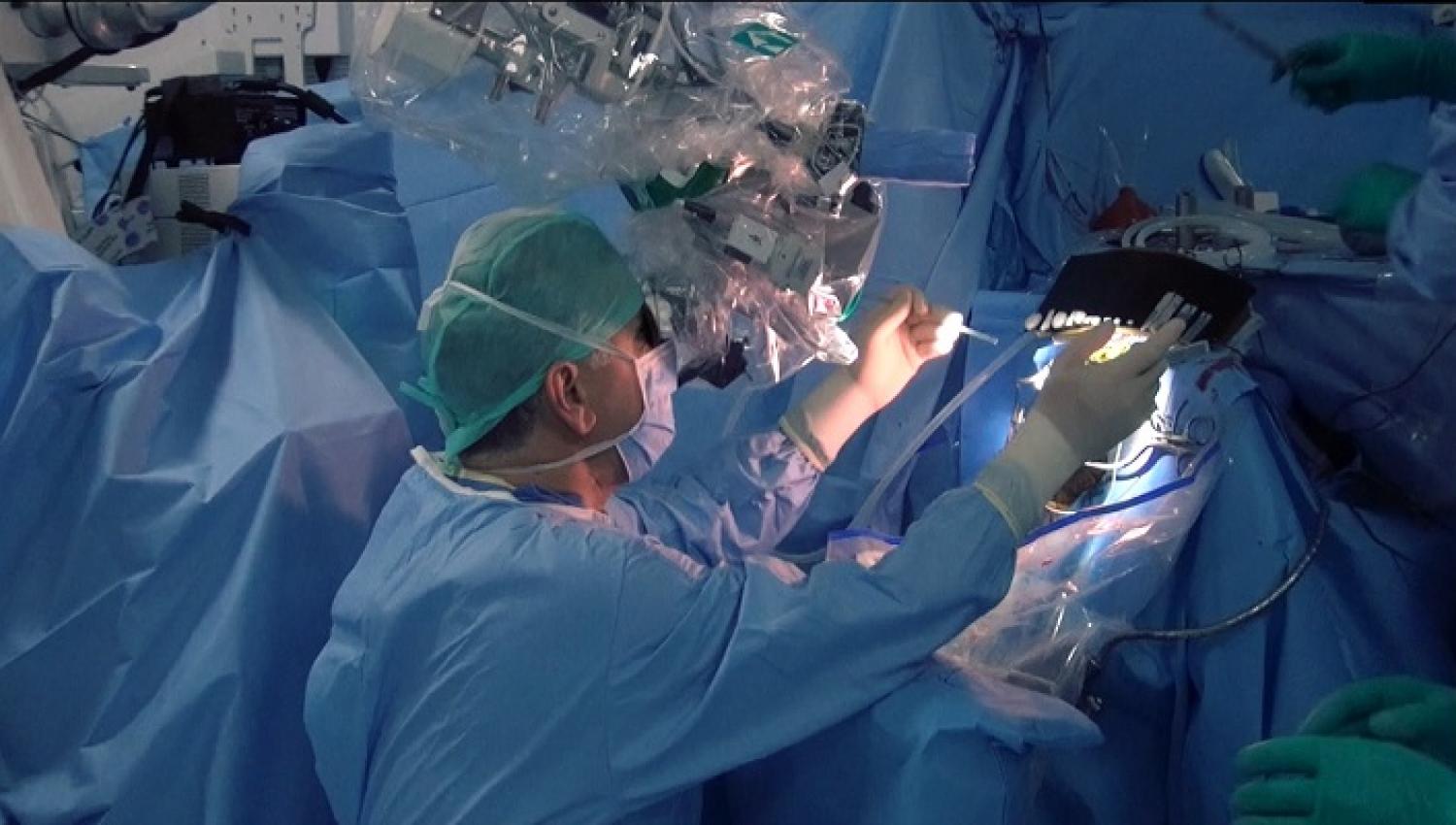Our spine is a whole consisting of vertebrae reaching from the neck to the waist, and there is a canal within these vertebrae. This canal protects the spinal cord, which is a vital structure. Stating that because our spine ages prematurely, the structure of the discs between the vertebrae deteriorates over time, Yeditepe University Koşuyolu Hospital Neurosurgery Specialist Prof. Dr. Ahmet Hilmi Kaya said, “The hardened and shortened discs move towards the spinal canal and this causes narrowing of the spinal canal with calcification. As a result, the thickening of the joints, bones, and ligaments in the spine causes the nerves to be under pressure. When this narrowing in the canal is in the lumbar spinal canal, it is defined as lumbar canal stenosis.”
The problem of spinal canal stenosis is a congenital condition in some people, but it occurs with aging in some people. However, even if the narrow canal sometimes occurs, it does not cause any symptoms and the person can tolerate the situation. Therefore, even if a problem occurs, some people have complaints, while others can progress without any symptoms.
Narrow Canal in the Spinal Cord Can Also Occur in Young People
Prof. Dr. A. Hilmi Kaya, who stated that all of our bodies age over time, but our spine tends to wear out faster than other body tissues due to its structure, said that the disc tissue between the structures we call vertebrae is not in a structure with a high blood supply and is fed by diffusion around it, which is the most important factor. In addition, the fact that it bears the entire burden of our body is another important criterion for premature aging. A narrow canal, which generally occurs in middle and advanced ages, can also be seen in young people due to genetic factors.
What are the Symptoms of a Narrow Canal in the Spinal Cord?
Narrow canal symptoms occur with complaints such as instability, loss of sensation, motor loss, and muscle weakness while walking due to the pressure on the spinal cord. In the narrow canal observed in the waist, the patient feels a decrease in walking distance over time. The patient expresses this very typically, starting to say "I don't like walking". The patient may feel as if a weight is tied to his waist while walking. He has to stop and rest while walking due to numbness in his legs and weakness, especially in the feet. Although the same situation occurs in vascular insufficiency, it is mostly related to the spine. In some cases, the patient does not notice the decline and does not consult the doctor, and these pauses become necessary even for short walks at home. So, this progresses over months and years.
Treatment of Narrow Canal in the Spinal Cord
Prof. Dr. Ahmet Hilmi Kaya, who said that treatment allows the disease to regress and therefore early diagnosis is very important, made the following explanations about the treatment: “We are actually doing a mechanical job with surgical treatment. We enter the spine with several special devices and expand the canal. Sometimes we clean around the nerve by entering from a single site or multiple sites. In congenital canal stenosis, in some cases, most of the canal is opened. Even if we think that the opened spine will become movable in the future and cause problems, some special screws are used to fix it. As a result, it is treated with different surgeries, from quite simple to very complex, depending on the patient's condition. At this point, the evaluation of the patient is very important. After the surgery, the patient returns to life and begins to enjoy walking. If we think that movement is also very important for our longevity, it is also very important for the general health of the patient after narrow canal surgery. The postoperative period will provide much more freedom of movement as the spine expands.”
”



